Companies capable of connecting with customer emotions easily outrank the competition.
As Harvard notes, when a major bank designed a credit card for millennials with emotional branding, use among their target audience increased by 70%, and new accounts grew by 40%. Similarly, a household cleaning company turned market share losses into phenomenal double-digit growth with just a year of emotional branding.
Emotional connections are crucial because human beings are naturally more driven by emotion than logic. In the post-pandemic landscape, knowing how to influence customer decisions with emotion is particularly crucial. According to the Consumer Emotional Index, 82% of people feel their lives have been interrupted by COVID. During moments of crisis, buyer mindsets and core values often begin to change. The value of understanding the nuance of emotions in this space is essential.
As consumers become more focused on emotions and human connections, companies need an emotional branding strategy to leverage opportunities for sales and loyalty. Everything from your web design to social media posts can influence how your clients feel about you.
Emotional Branding and Psychology
Emotional branding is the art of forming a relationship between a business and consumer, by appealing to emotion. To find the right emotional connection you’ll need to think about the psychology of brand/customer relationships.
Most branding experts achieve emotional resonance using Maslow’s Hierarchy of Needs, which classifies how human beings are motivated by specific social and biological needs. As an example, let’s take a look at Apple, the world’s biggest technology brand. Apple considers every one of the five concepts in Maslow’s hierarchy of needs including:
- Self-actualization: Apple tells us to “think different” and stand out from the crowd
- Esteem: Apple focuses heavily on making customers feel great, with ads like “Chic. Not Geek”
- Belonging: People in the Apple fanbase feel like part of the same community. The Apple logo is a badge of honor for many customers.
- Safety: Apple makes customers feel safe by sharing information about their privacy measures and offering “Genius” coverage for devices.
- Physiological: Devices from Apple are built to be simple and convenient to use.
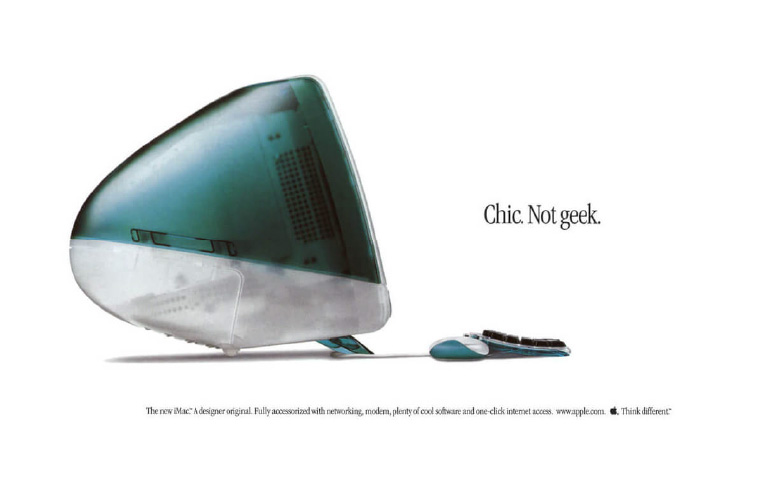
Once you know what needs your service or product can satisfy, and where your value proposition exists within this pyramid, you can start to determine which emotional appeals to target. One popular strategy is to choose from Pathos, Ethos, or Logos – three concepts shared by Aristotle.
Ethos In Emotional Branding
Ethos in emotional branding focuses on credibility and ethics. When a toothcare company like Oral places “Used by Dentists themselves” on their marketing campaigns, this immediately makes the company more trustworthy. Ethos in branding can come in many forms, from citing sources and resources in your content marketing, to sharing case studies and customer testimonials.

Pathos In Emotional Branding
Pathos motivates customers to act by creating a sense of urgency or fear. In marketing or branding, negative emotions like anxiety, or frustration can often prompt quicker action from clients in the right circumstances. Customers act to avoid feeling regretful, or other negative emotions, while simultaneously seeking out a sense of belonging.

Logos In Emotional Branding
Using Logos in emotional branding means combining logical factors with emotional ones. You engage your audience and make them feel curious about your topic by sharing some useful information or asking a question. After this, you use data and statistics to demonstrate your knowledge, thought leadership, or ability to solve a problem.
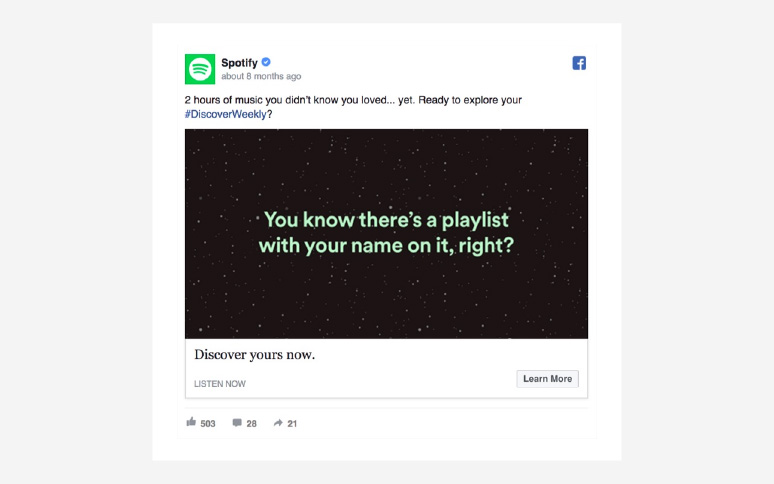
Choosing the Right Customer/Brand Emotional Connection
Choosing the right emotional branding strategy is easier when you understand your company, its values, and your target audience. Using the Maslow hierarchy of needs, you should have a decent insight into the problems your services or products can solve, and how they can impact your customers emotionally.
Combine that information with your customer research and personas to determine what kind of emotions you need to work with. Crucially, choosing the right emotional connection may mean using combination of positive and negative emotions. Your branding efforts might show your customers you can help them avoid negative emotions like:
- Regret: By making sure they don’t miss out on a great deal
- Anxiety: Helping customers to avoid making the wrong choice
- Confusion: Ensuring your customer understands the benefits of the purpose
- Frustration: Making the purchasing process as simple as possible.
At the same time, you can also work on conveying positive emotion like:
- Excitement: Convince customers good things are on the horizon
- Pride: Make customers feel positive about the choice they made
- Confident: Help customers trust your ability to support them
- Engaged: Allow customers to feel like part of the team, rather than watching from the sidelines
B2C: How Brands Use Emotion to Transform the Shopper Experience
Emotion has a direct impact on every part of the brand/customer journey. The more you understand the emotions pushing your customers to act, the easier it is to encourage positive interactions. The key to success is using emotion in a way that’s relevant and engaging.
According to a study from CEB and Google, people feel personal and emotional risk when making a decision. When purchasing something, we know making the wrong decision can lead to a loss of credibility, trust, and other risks. Successful emotional branding in the shopper experience helps to simplify decision-making for customers.
Tesco, a supermarket in the UK, has experimented with OptimEyes for facial scanning at petrol stations. After scanning a customer’s face, the system can detect the right kind of advertising efforts to deliver based on demographic information like age and gender. This helps build Tesco’s image as a brand with a deep understanding of its customers.
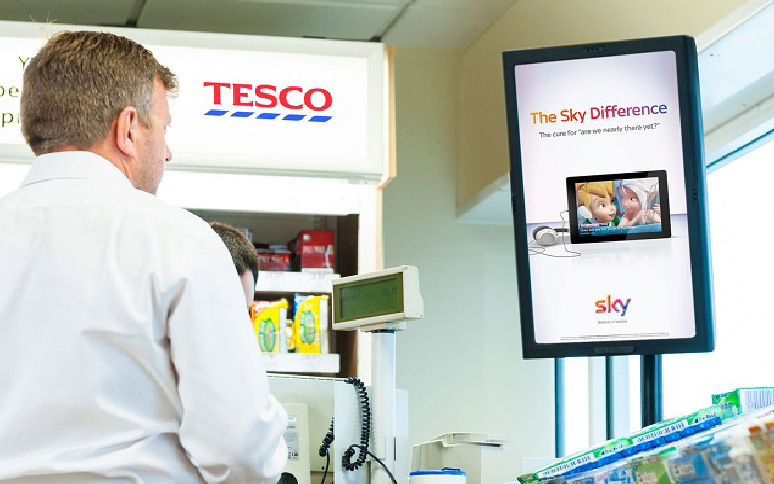
Going back to our Apple example from above, the Apple branding strategy uses a combination of clean design choices, simplicity, and community to create emotional connections.
Apple works hard to convince customers they want to be part of a new lifestyle moment, by advertising themselves as unique (think different), easy to use, and stylish. Instead of sending press releases to get people excited about upcoming products, Apple creates massive events to celebrate the arrival of new technology.
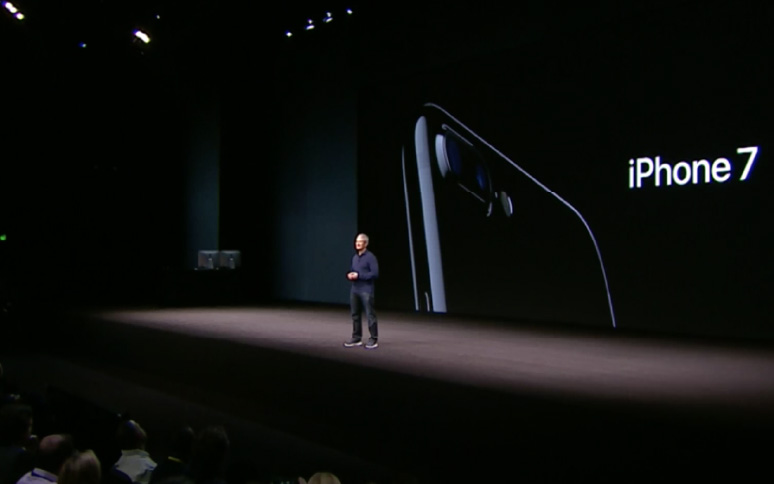
Studies into brain functioning show customers evaluating brands will always use their emotions, based on personal experiences and feelings, rather than logic and data alone. Though facts are useful in decision-making, when you’re creating post-click landing pages, squeeze pages, and other branded assets for the customer journey, you still need to connect emotionally to the customer.
Here are some other great examples:
Airbnb
Another example of a B2C company connecting emotional with a customer comes from Airbnb. In 2014, the travel company created a campaign using storytelling to create emotional connections with customers. The strategy involved sharing the stories of how and why certain people started sharing their homes with Airbnb. Getting to know the kind of people they might be staying with helps consumers to feel safer about the concept of a shared home.
PetCube
Most people see their pets as more than just animals. PetCube, a company selling cameras which allow people to watch over their animals when they’re not at home, appeals to this fact. The Petcube interactive pet cameras bring joy to users by helping them engage with pets wherever they are. The branding shows pet parents smiling and laughing as they play with pets through their phones.
An added bonus is the PetCube decision to reference pet owners as “pet parents”. This is an excellent reference to the emotional link we have with our pets.

Patagonia
Patagonia is one of the more popular apparel brands in the world today thanks to its ability to appeal to human emotion. Patagonia stands out from competing companies with its unique approach to sustainability, environmental responsibility, and conservation. A lot of the branding work around Patagonia focuses on the company’s commitment to making the world a better place.
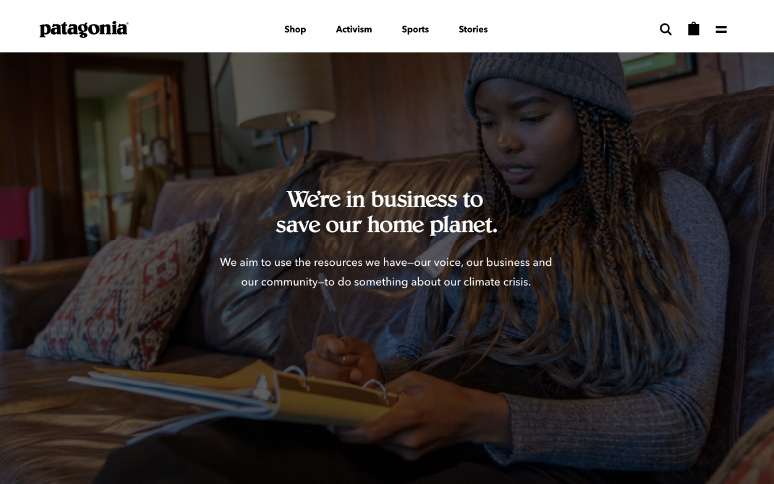
B2B: The Powerful Role of Emotion in B2B Decision Making
There’s a common assumption that emotional branding works more with B2C sales than B2B opportunities. The reality is emotion is often most important with B2B opportunities. When you’re selling to another business, you’re engaging in long-term relationships with multiple decision holders and stakeholders.
The CEB/Gartner study conducted with Google found it’s not necessarily the value or features offered by a specific company responsible for ensuring sales – but the emotional connection a business can make. B2B brands need to create campaigns which appeal to both the head and the heart of their target customer.
Emotional branding in B2B environments help products and solutions to stand out among a sea of similar choices. The Accenture company once used the tagline “Think straight, talk straight” to help customers feel confident in their ability to deliver stress-free experiences. In 2003, the company experimented with emotion again, with the phrase “Go Ahead. Be a Tiger”. The promise of making customers stronger and more confidence increased awareness for the brand by 95%, and improve inquiry rate by 350%.
Other great examples of a brand emotional connection in B2B environments include:
Simple
Simple shows how important the desire to avoid negative emotions can be in decision making. Many B2B buyers want to achieve their goals with as little stress and frustration as possible. To appeal to this fact, Simple used taglines like “Your Money made Easy” to appeal to businesses who wanted simpler banking tools.
Companies who can think of other businesses as individual people looking for solutions to problems, rather than faceless organizations will be able to embrace emotional branding more easily.
Always
Storytelling is a common tool involved in making brand emotional connections. It’s something we see frequently in the B2C world, with companies like Always, who used the “Like a Girl” campaign to tell a story about female empowerment and strength.
Zendesk
In the B2B marketplace, Zendesk is an excellent example of a similar approach, known for producing video content to tap into customer emotions. The video “Sh*t support agents say” was a humorous way for Zendesk to connect with customers on a more human level.
What makes the Zendesk emotional branding attempt particularly compelling is the way it uses genuine language teams might use when discussing support agent tasks, rather than jargon. The experience is something B2B companies can relate to.
IBM
While B2B companies might need a lot of information about a product and its features to convince stakeholders to make a purchase, they’re looking for more than just data. IBM Watson is one of the leading AI B2B solutions on the market today. Rather than marketing through statistics and facts on what the AI can do alone, the IBM team built a rich YouTube channel filled with emotionally engaging content to explain the benefits instead.
Here’s a great example of the well-known author Stephen King discussing the art of storytelling with IBM Watson. By introducing functionality in a unique, interesting, and emotional way, IBM ensures it can connect with its audience on a deeper level.
Quick Tips for Emotional Branding
These days, companies have around 6 seconds to make a lasting impression on their audience. It’s more important than ever to make an impact fast. Emotional branding needs to be born from a reimagining of the features and benefits your solution can offer. One great strategy is to start by creating a list of the major benefits or advantages you can provide, then make a narrative for it.
If a major benefit of your software solution is that it can save companies time figuring out how to assign tasks to remote workers, tell a story about how you’re taking the stress out of homework. A video showing someone working from home with a smile on their face can make a huge impact on business leaders.
When you’re investing in emotional branding, remember to:
Build Emotions Through Visuals
About 50% of the brain is made up of visual processing power. It’s no surprise then those images have a direct impact on emotional branding. Pay attention to all of your visual assets, including logos, websites and marketing campaigns. Make sure your emotional branding visuals remain consistently in line with your brand guidelines to build familiarity.
Personalize Interactions
Appeal to the self-serving part of your customers by making your customers feel important. Your interactions should help customers to feel unique. Speaking directly to users in your content with the word “you” and helping them to see how much you understand their problems will be a good start.
Inspire Engagement
Engaging your users helps to strengthen the impact of an emotional branding campaign and make people feel more closely connected to your brand. Start engaging your users by speaking to them on social media, sharing testimonials and user-generated content, and answering client questions in your content.
Be Authentic
Decide what your brand values are early on and use them as often as you can in your brand emotional connection. If you decide you want to connect with customers by showing them you care about the planet like Patagonia, make sure your eco-friendly image appears in everything you do and say.
Find Inspiration In Your Customers
Stepping into your customer’s shoes and looking at the experience they can have from their perspective is a great way to uncover insights necessary for emotional connection. Get to know the people behind your Customer Relationship Management data by speaking to your audience, sending out surveys, and running polls.
Don’t Use Emotion For The Sake Of It
Relevancy is key, make sure the emotions you use in your branding and marketing efforts are relevant to your audience and their decision-making strategy. Marketing communications which make the wrong assumptions about how customers feel can be frustrating and alienating.
Make an Emotional Connection
While relevance and awareness might make brands stronger and larger, it’s the emotional connection that makes brands great, according to CMO. Studies by the Ipsos Connect brand build on this idea, noting that 74% of the world’s top business executives embrace emotions in their personal lives.
Some brands are leveraging actual science to find emotional branding opportunities already. Honda started using facial coding and eye tracking to quantify emotional activation in people when optimizing its marketing efforts. While truly effective emotional branding requires strategy and focus, building the right emotional connections with your customers is the key to long-term results.
The more emotionally linked your customers are to your company, whether in a B2C or B2B environment, the more they’ll fight for your brand.












